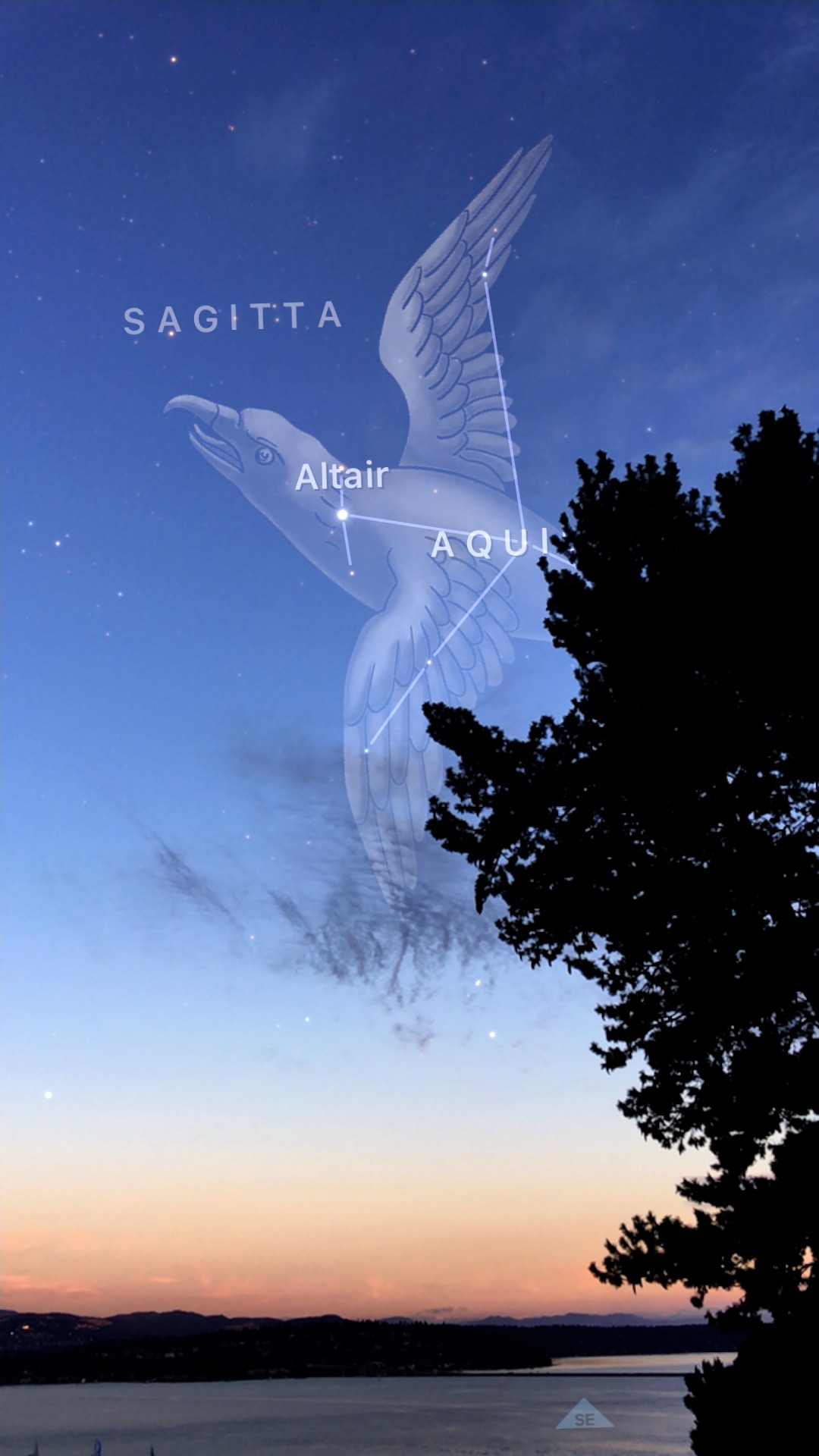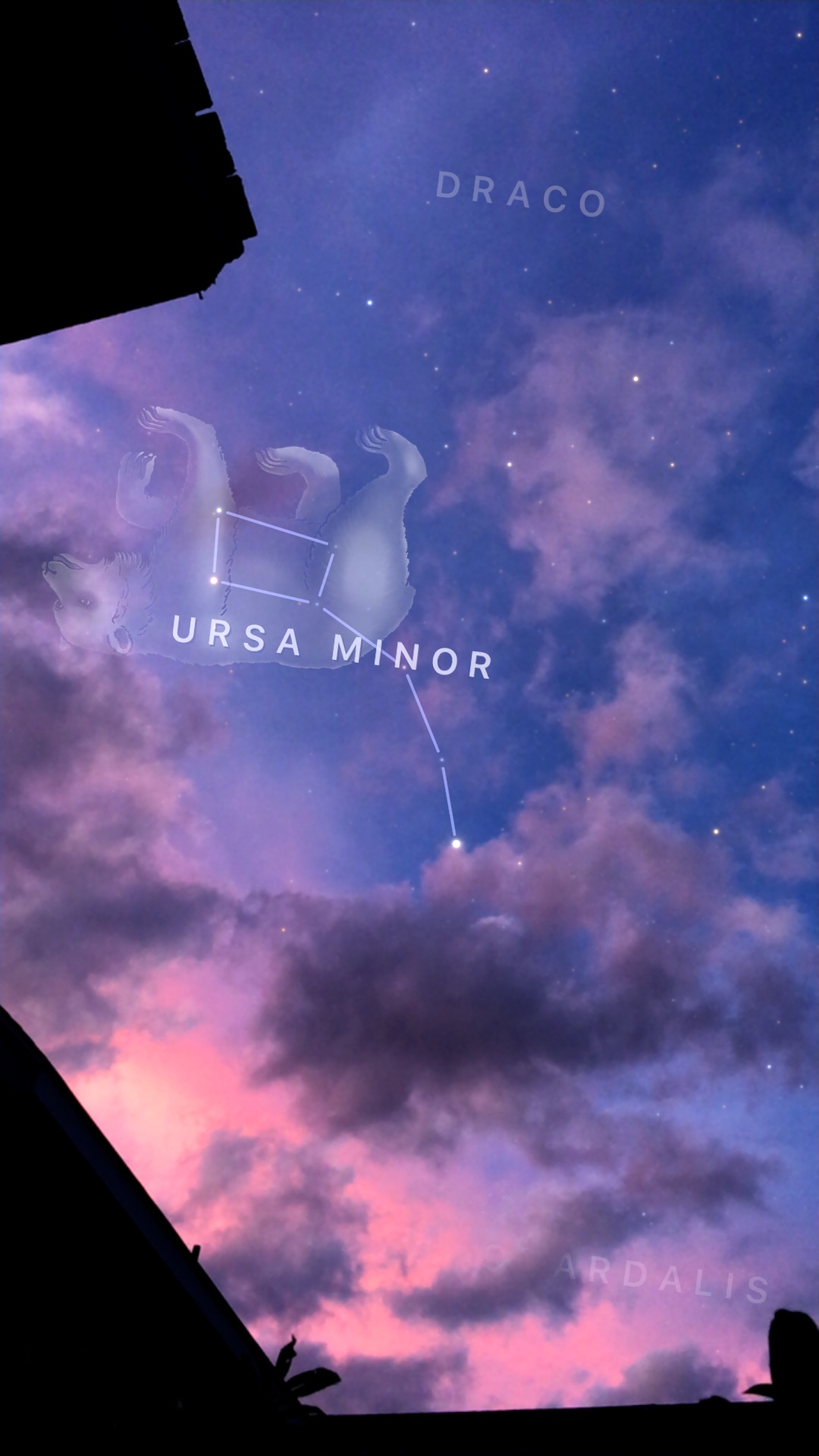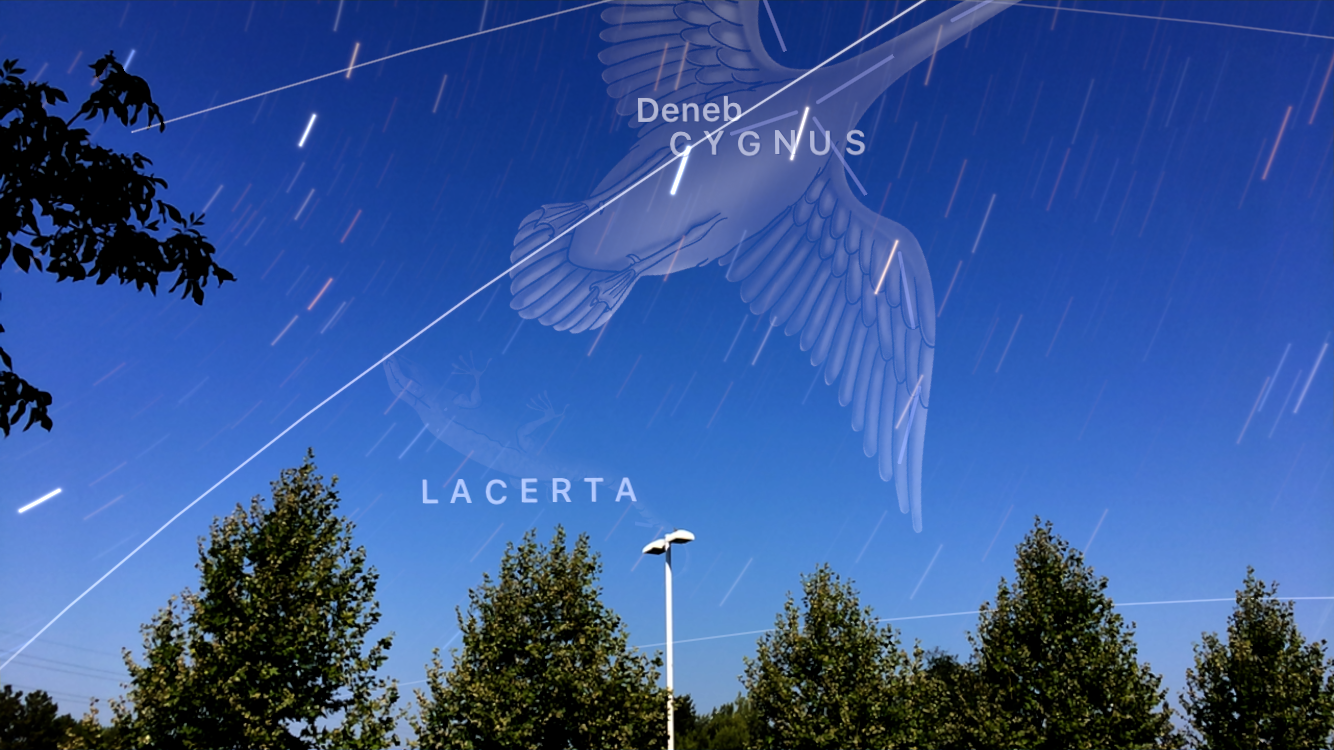Think you need a telescope to enjoy astronomy? Many department stores would have you believe so, peddling their (500X!) plastic trinkets at ‘bargain’ prices. But astronomy has always been and always will be a game of light—and maximizing the amount of that light passing through your pupils is the secret to bright and sparkling views. Emphasis on the plural: pupils. We have two eyes and by only using one of them, your brain is operating at half-signal!
Many experienced observers find that binoculars provide some of the most enjoyable, awe-inspiring views of the heavens—and for good reason. Binoculars are used with both eyes, which provides bright, spacewalk views of rich, wide-field expanses. Open star clusters shine with gem-like brilliance and even the brighter nebulae and galaxies can be appreciated. Plus, they are much more portable than most telescope setups, meaning you will be more likely to use them. Lastly, they are a dual-purpose instrument, so you can use them for terrestrial, daytime viewing as well. Not so with most telescopes, which typically provide mirror-image or upside-down views.
So what are the most important things to look for when shopping for astronomical binoculars? There are a number of factors that will directly impact your viewing experience but we find the following to be the most important:
Apparent field of view: This specification tends to be listed in different ways, sometimes in degrees and sometimes in feet @ 1000 yards (If you see a field of view spec listed in feet @ 1000 yards, simply take the number, divide it by 52.5 and then multiply it by the magnification to get the apparent field of view in degrees. If it is listed in degrees of true field of view, take this number and multiply it by the magnification). Bigger is better with apparent field of view because tunnel vision is no way to get that spacewalk feeling. We really like binoculars with apparent fields of 65 degrees or larger!
Exit pupil: This is the biggest factor in determining how bright the image will be and in astronomy, brighter is better. Exit pupil can be calculated by dividing the objective diameter by the magnification (for example, with a pair of 10x50mm binoculars, 50mm ÷ 10 = a 5mm exit pupil). The human eye can dilate to a maximum pupil size of 7mm (if you are reasonably young and your eyes have fully dark-adapted) so finding binoculars with a 7mm exit pupil will maximize the brightness of the image. But we find that exit pupils of 5mm provide sufficient brightness for most observers and viewing conditions.
Magnification: One might assume that greater magnification is better for astronomy but that’s too simplistic. Keep in mind that many star clusters span multiple degrees and low power can be quite suitable for such objects. It’s also important to consider that magnification has a direct impact on the exit pupil, and diminishes brightness (see exit pupil, above). Lastly, if you are holding binoculars by hand, higher magnifications tend to appear unstable, causing stars to jitter wildly. Unless you plan on using a mount (which defeats the attractive portability of binoculars), we would advise against choosing anything above 10X magnification.
Optical and Build Quality: This is a more difficult specification to judge on paper but will also determine the quality of viewing (and the price). Fully multi-coated optical surfaces will improve the contrast. Terms like ED, HD, or APO generally imply the use of higher index glasses and there will be less chromatic aberration (different colors of light not coming to focus at the same point) and field curvature (out-of-focus stars toward the edges of the field). Waterproofing and fogproofing usually means that the optics are sealed from the elements and gas-purged, which is helpful if you live in more humid regions or plan on using your binos in wet conditions (perhaps you are a hunter?).
So what binoculars should you get? That really depends on how much you’re willing to spend, so we’ve selected a number of binoculars at different price-points, from get-the-job-done budget models to a high-end spacewalk experience:
$44.99 Bushnell PowerView 10x50 Wide Angle Binocular
What we like about them:
- Great apparent field of view (65 degrees)
- Good exit pupil (5mm)
$88.55 Nikon ACULON A211 10x50mm Binoculars
What we like about them:
- Great apparent field of view (65 degrees)
- Good exit pupil (5mm)
$227.00 Leupold 10x50mm BX-2 Acadia Binoculars
What we like about them:
- Good apparent field of view (58 degrees)
- Excellent eye relief (19mm)
- Good exit pupil (5mm)
$359.95 - Celestron Granite 10x50mm Binoculars
What we like about them:
- Great apparent field of view (65 degrees)
- Good eye relief (17mm)
- Good exit pupil (5mm)
- Good optical quality
- Waterproof and fogproof
$699.00 - Steiner 10x56mm Nighthunter XP Roof Prism Binoculars
What we like about them:
- Excellent apparent field of view (68 degrees)
- Good eye relief (17mm)
- Great exit pupil (5.6mm)
- Great optical quality
- Waterproof and fogproof
$2,399.00 - Leica 10x50mm Ultravid HD / Black Armored Binoculars
What we like about them:
- Excellent apparent field of view (67 degrees)
- Adequate eye relief (15mm)
- Good exit pupil (5mm)
- Excellent optical quality
- Waterproof and fogproof
But what about Brand XYZ 25x100mm? Why are those not listed? Don’t get us wrong. Big binoculars are pretty neat too—one of us owns a pair of 15x80mm Steiners, in fact—but they get pretty difficult to hold steady without some type of support and we believe that defeats one of the main benefits of binocular astronomy, that is, ease of use and portability. Besides, even 15X or 25X doesn’t give you enough power to pick out planetary details anyway, so is the extra magnification even worth the hassle? A keen observer might notice that most of our recommended binoculars are 10x50mm—that is no coincidence! We find 10x50s to be an ideal balance between brightness, field of view and weight—an astronomical sweet spot! But don’t let that limit your options if you prefer something else.
As developers of Sky Guide, we get a lot of questions about which telescope to buy, but the truth is that for many people, binoculars are a better place to start. Follow these guidelines when shopping for your own pair and you'll be on your way to enjoying some of the best sights the night sky has to offer. Good luck and happy stargazing!

































